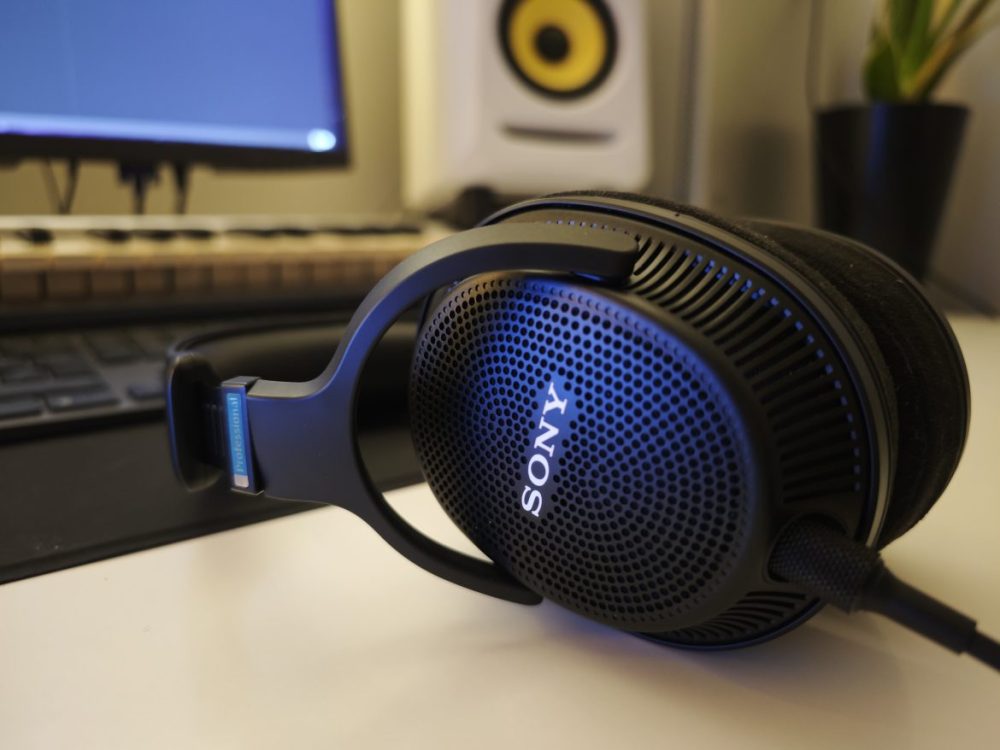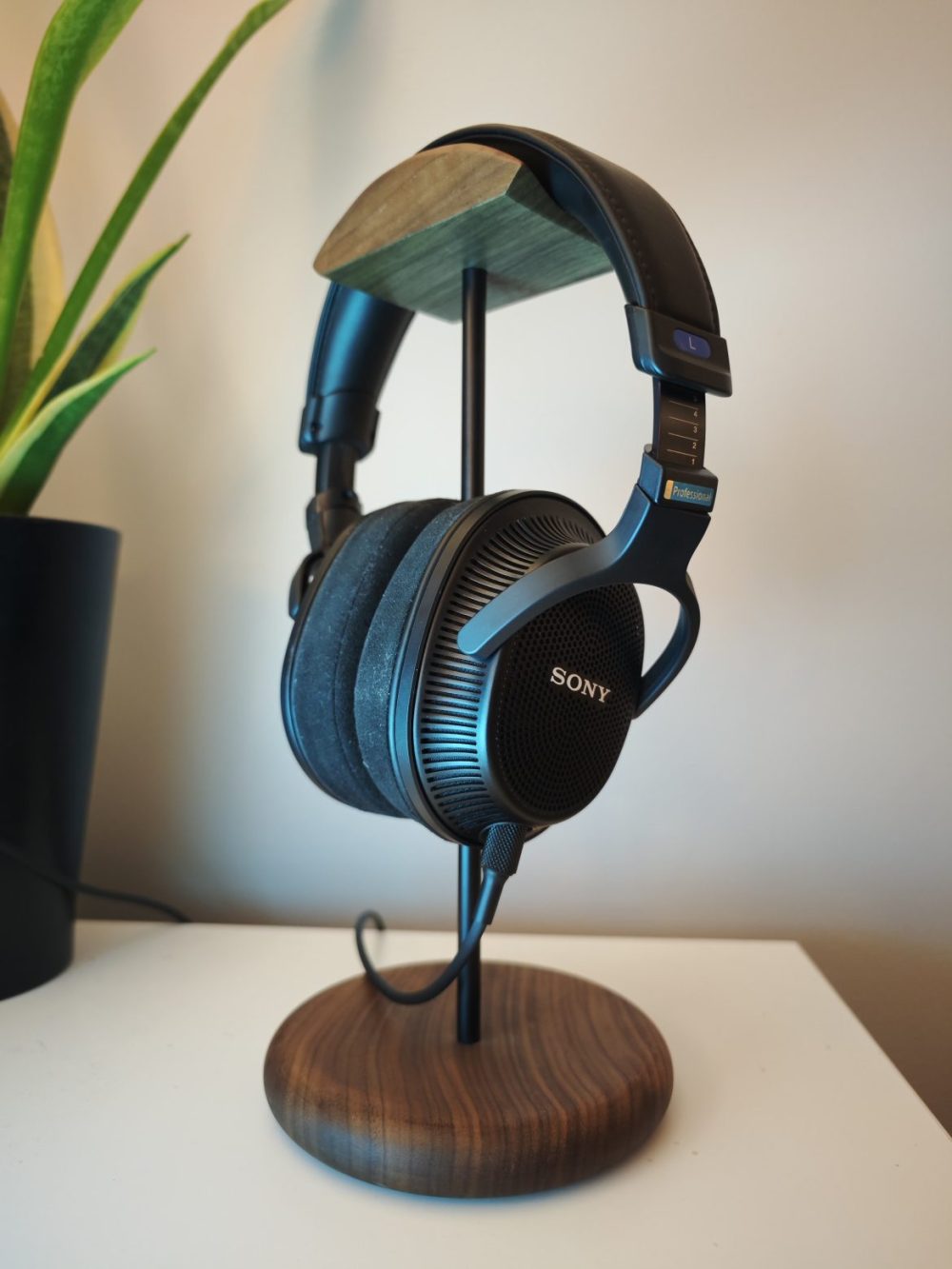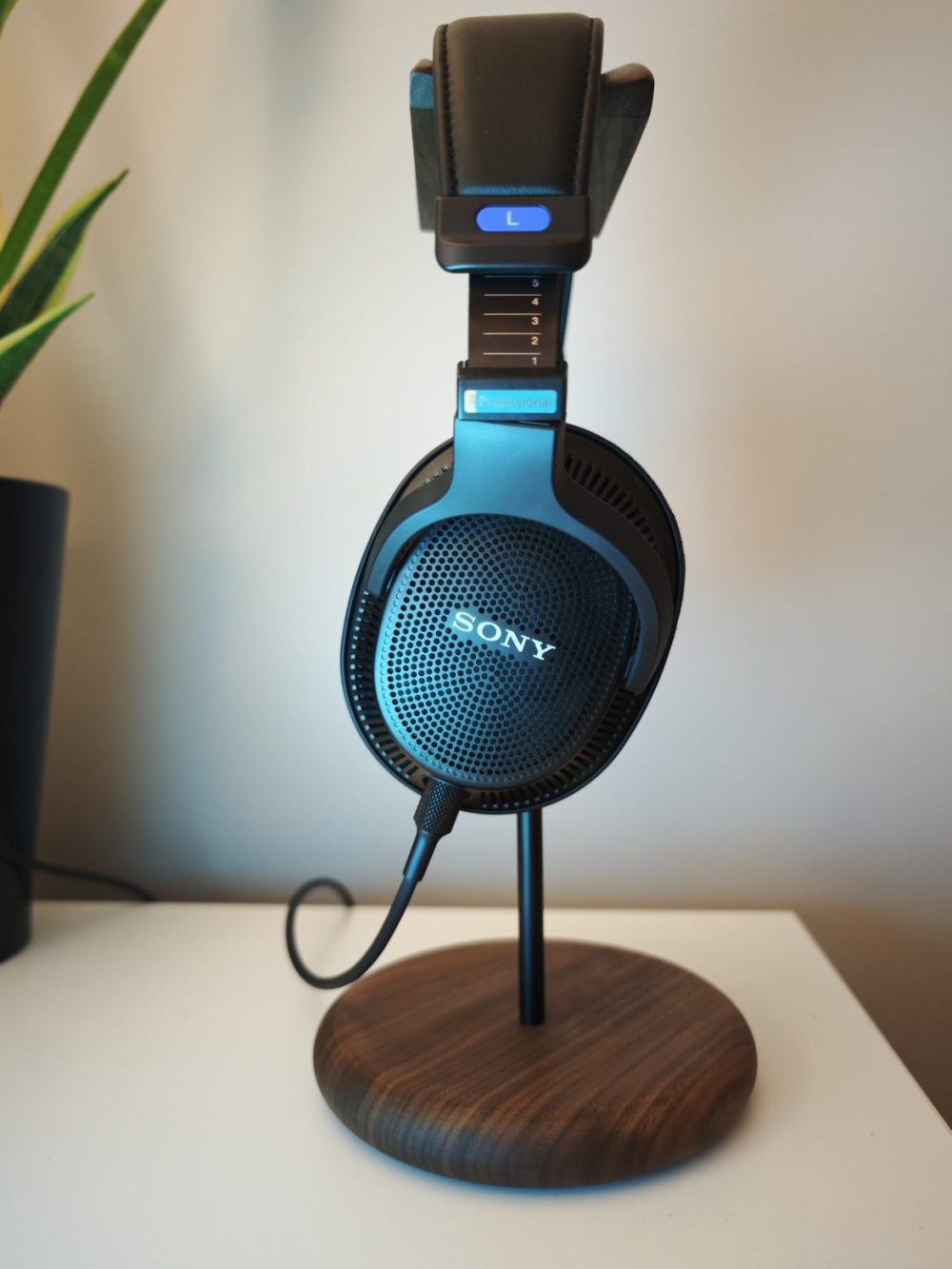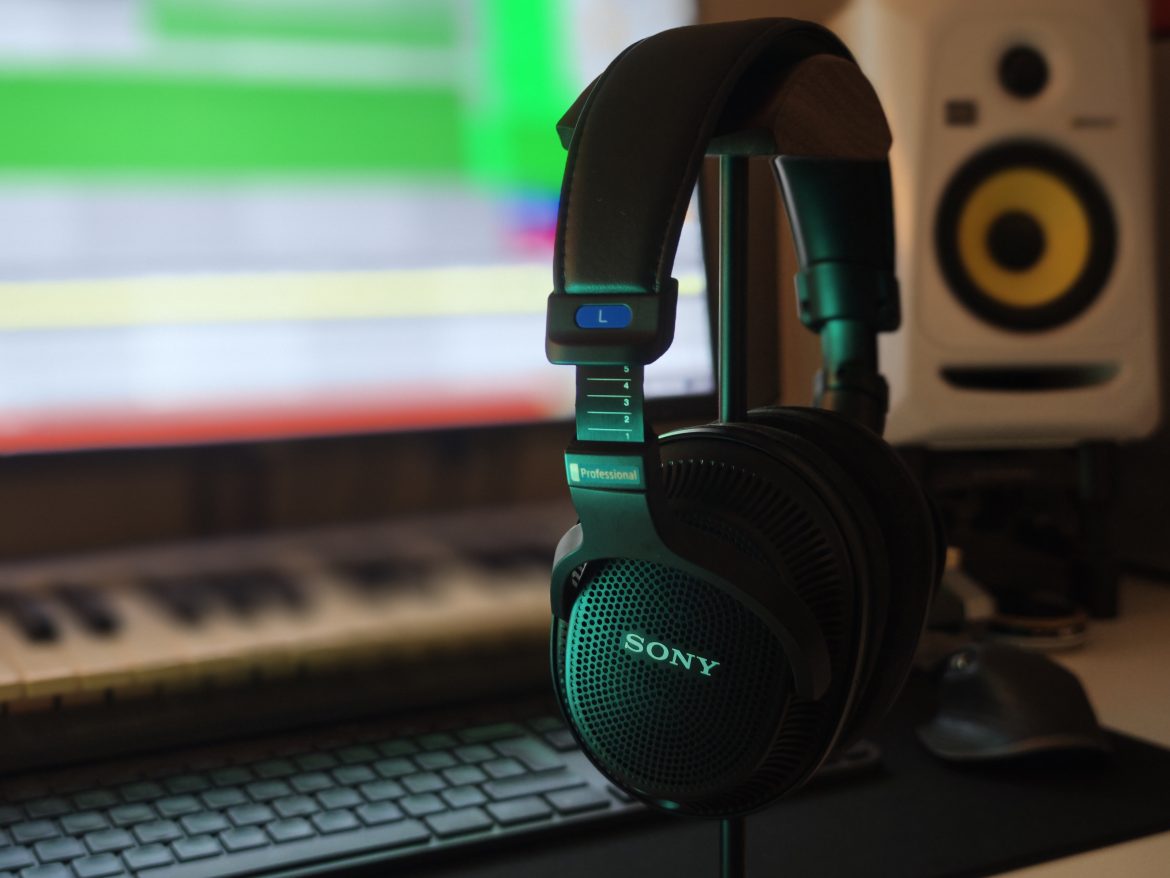TL;DR
Sony's MDR-MV1 headphones start with a muted sound but significantly improve after a break-in period, revealing excellent clarity and a wide soundstage ideal for music production and critical listening. They offer a comfortable, lightweight design and impressive, impactful bass for open-back headphones, striking a balance in openness compared to competitors. While the high frequencies are slightly attenuated and a carrying case is missing for the price, their overall acoustic performance and refined midrange are standout features. Discover if these headphones are your next audio game-changer!
The Sony MDR-MV1 headphones exhibited a notable transformation throughout our evaluation. Initially, the out-of-the-box experience was characterized by a somewhat muffled, constrained, and indistinct sound profile. Following a burn-in period and extensive use during both critical listening and music production, the headphones underwent a significant improvement, demonstrating enhanced clarity and sonic breadth. While not without minor imperfections (as is the case with most headphones), the MDR-MV1 ultimately proved to be a potentially excellent option. This positive evolution is noteworthy.
An introduction to Sony MDR-MV1
Sony’s Professional line includes two headphone models specifically designed for music production, aiming to provide a transparent and accurate sonic environment suitable for mixing and mastering applications. We recently reviewed the closed-back Sony MDR-M1. This review focuses on the complementary open-back headphones, the Sony MDR-MV1. The open design dictates a more specialized use case, primarily oriented towards music production, mixing, mastering, and critical listening in quiet environments. Compared to the Beyerdynamic DT 900 Pro X, which we found slightly too closed and warm, the MDR-MV1 offers a more open soundstage. Conversely, relative to the Audio Technica ATH-R70x, which presented an exceptionally open design, the Sony MDR-MV1 strikes a balance in terms of openness.

Weighing in at 223 grams (excluding the cable), the Sony MDR-MV1 can be considered a lightweight model, falling slightly heavier than the MDR-M1 (at 216 grams) but remaining relatively close. This low weight contributes positively to overall comfort, making them suitable for extended listening sessions. We found the fit to be generally agreeable.
As with previous models in Sony’s Professional series, the omission of a protective case or bag for transport is a notable drawback. Considering the price point of approximately 4,700 SEK, the inclusion of a simple carrying bag would be a welcome addition. The packaging includes a 2.5-meter cable and a 20-centimeter adapter cable for converting between 6.3 mm and 3.5 mm connections. However, the absence of a protective bag is a point of concern.
With a low impedance of 24 ohms, the MDR-MV1 headphones are compatible with a wide range of audio sources. However, optimal performance is achieved with a robust signal and ample headroom. As noted earlier, the headphones benefited from an initial break-in period of several weeks. With these considerations addressed, we will now proceed to a detailed examination of the sound quality.

The sound experience of the Sony MDR-MV1
The initial listening experience was not particularly favorable, with the sound exhibiting a somewhat constrained and unappealing character. After employing various troubleshooting techniques, the sonic performance improved significantly after an extended break-in period. A direct comparison with the Sennheiser HD-600 and Audio Technica ATH-R70x revealed that the initial soundstage lacked brilliance. However, following the burn-in process, the strengths of the Sony MDR-MV1 became apparent. We will now examine the individual frequency ranges in detail.
High frequencies (High-range)
The high-frequency reproduction of the Sony MDR-MV1 is perhaps its weakest aspect, albeit only marginally so. While all frequencies are audible, and occasional peaks of clarity emerge, the overall high-end response is slightly attenuated. In Alan Jackson’s – Drive, the resulting sound is smooth and non-fatiguing; however, the guitar chords lack their characteristic bite. In contrast, Thomas Bergersen’s – Empire of Angels demonstrates the MDR-MV1’s ability to precisely position treble-heavy shakers within the soundstage. The interplay between high and mid frequencies will be discussed further in the subsequent section.
Mid frequencies (Mid-range)
Similar to the Sony MDR-M1, the midrange performance of the MDR-MV1 is a notable strength. The acoustic reproduction is highly refined, bordering on being somewhat dominant. This effect is accentuated by the slightly subdued high frequencies. The MDR-MV1 excels at spatially separating individual elements within a mix, providing a distinct sense of placement. The soundstage can, at times, feel exceptionally wide. Schnauss & Munk – Sirocco, a dynamic and rhythmically complex track with extensive stereo imaging, is particularly engaging on the MDR-MV1. However, the extreme width can occasionally detract from a sense of central focus. The mix itself significantly influences the perceived soundstage, as evidenced in Trevor Guthrie – This is what it feels like (Van Buren remix), where a well-defined core image emerges. Thus, the Sony MDR-MV1 is capable of both expansive and focused sound reproduction.
Low frequencies (Low-range)
The ability to reproduce impactful bass frequencies is relatively uncommon in open-back headphones. The Sennheiser HD-490 Pro impressed in this regard, and the Sony MDR-MV1 continues this trend. In Christian Sandquist – Fence Love, the bassline that enters approximately 35 seconds into the song creates a visceral sensation, producing a “phantom” gut feeling despite the absence of physical pressure waves. This audiophile illusion is a particularly enjoyable characteristic. The bass response is also agile and responsive. Considering the open-back design, Sony has achieved remarkable results in the lower frequencies.
The overall soundscape – Sony MDR-MV1
In summary, these headphones exhibit several highly impressive qualities. They are also versatile and do not seem to favor specific genres. As with the Sony MDR-M1, the slightly muted high frequencies remain a minor concern, particularly given the exceptional performance of the other frequency ranges. However, the outstanding acoustic capabilities of the MDR-MV1 outweigh this minor drawback.

The bottom line – Sony MDR-MV1
As stated previously, the overall qualities of the Sony MDR-MV1, combined with their comfortable design and lightweight build, position them as potential favorites. While further long-term use is needed to confirm this, the initial impressions suggest that Sony has achieved a high level of performance across various aspects. At a price point of 4,700 SEK, they represent a significant investment, but one that delivers exceptional sound quality, acoustic precision, and impactful bass response. They are particularly well-suited for music production involving substantial bass content. Ultimately, there are very few areas for significant criticism: a slightly more pronounced high-frequency response and the inclusion of a carrying bag would further enhance the overall package. The Sony MDR-MV1 comes very close to achieving top marks. We commend Sony for their efforts.
Sony provided a review unit for this evaluation. The provision of review materials does not influence our editorial independence. We maintain an objective perspective, prioritizing the interests of our readers and consumers.

